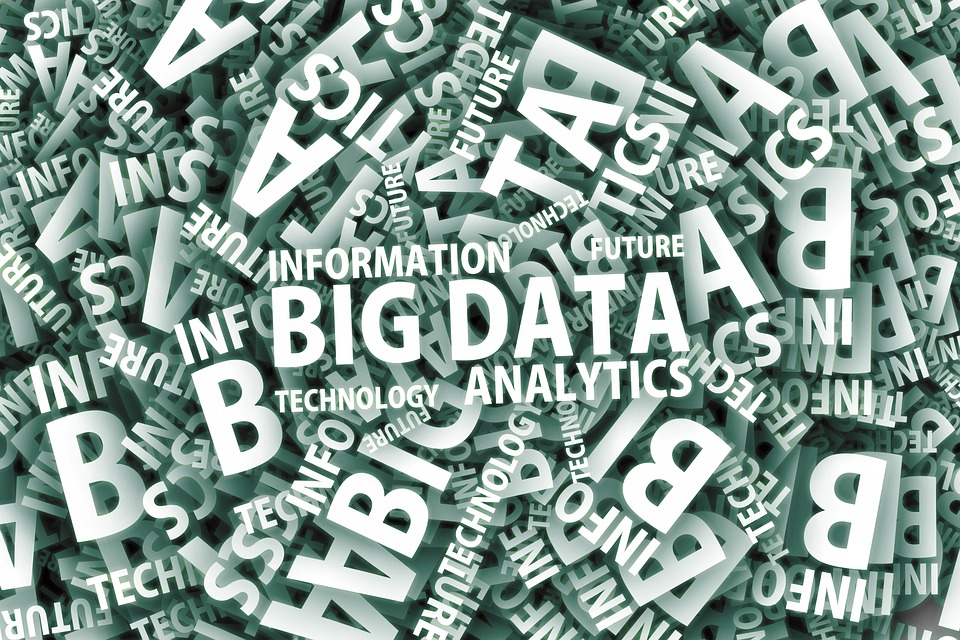The importance of data visualization in the era of Big Data, The visualization and interpretation of info today is essential for most companies. Therefore, more and more companies are deciding to invest in visualization resources.
Table of Contents
ToggleThe Visualization of Big Data as Part of the Company’s Strategy.
We generate information continuously. For the visualization of Big Data to be beneficial for the company, it must take into account a series of guidelines:
- Sources of information: Unless it is a very specific project, which needs special characteristics, the ideal is to identify the greatest possible source of data in order to discriminate which are the most relevant metrics and which directly affect the business activity. For this, a KPI library can be used to find samples of the most relevant data that can be measured by industry or department.
- A vision of the future: These predictive models allow not only taking anticipated measures, but also detecting risks and opportunities. For example, for companies that manufacture vehicles, know what new technologies will be, future fashions…
- Human resources: Training data analysts to interpret them in real-time, means a competitive advantage. The more people within the company can interpret data, the greater the visions that help decision-making.
Obtaining the Maximum Benefits of Big Data Visualization.
For a company to get the maximum benefit from the Big Data visualization, it must follow the following recommendations:
1, Clarity of Objectives:
A common error when viewing information is trying to cover too much, which generates graphics with excessive information. So that this does not happen, each visualization should have seven to nine it.
2, Adequate Graphics:
It is not only essential not to choose too much data, but to choose the right graphic according to what you want to show and your target audience.
3, The Use of Color to Facilitate Understanding And Perception:
Using the color correctly improves and makes a graphic more understandable. It allows users to easily identify the most relevant information. Also, it can be used, for example, to highlight positive or negative aspects. It can also be used to show changes and evolution over time.
4, Adequate Data Collection:
Good visualizations start with good data. In order to avoid visualizing erroneous results in a graph, special care must be taken with the processes of obtaining the info. The quality of the info is fundamental for the subsequent decision-making processes.
5, Collaboration and Mobility:
Currently, collaboration and mobility are two fundamental aspects that affect our way of working. Have a data visualization technology that integrates capabilities such as mobility, to access the visualizations of key information we need from any mobile device, in addition. Have the possibility to collaborate and share the visualizations and analysis with other departments or work teams and facilitate participation in decision making.
Also Read About: Mobile Computing
6, Data Storytelling:
Mobility has changed the way we work and collaborate but Storytelling is changing our way of communicating, presenting and counting the visualizations and analysis of data we make about our business information.
Big Data visualization tools
1, Tableau:
Tableau is a category leader that focuses on providing solutions. This allows people to see and understand info. First of all, it aims to help its clients in the visualization of Big Data and solve their problems.
It offers three main products that analyze big data: Desktop Tableau, Tableau Server, and Tableau Online. Desktop Tableau is designed to allow anyone to analyze and understand large information intuitively. For companies, Tableau offers Tableau Server, a browser-based analytics application that provides all the great advantages of Tableau Desktop.
This version of the software is specifically designed to allow entrepreneurs to find and organize info quickly. At last, Tableau Online goes about as the facilitated form of Tableau Server. And this option provides maximum security so that companies can share information with confidence.
2, Qlikview:
QlikView is the fastest growing, fast to implement and easy to learn Big Data visualization and Business Intelligence tool. QlikView facilitates the in-memory platform for faster data discovery and decision making. Which are reliable, viable and show the info through interactive and visual reports.
In addition, it creates a completely new platform to analyze data using clean, simple and precise interfaces. QlikView is perfect for software developers and IT architects, designers and business reporting professionals and analysis and testing professionals. Developers of basic level and professionals of advanced data eager to develop a career in Visualization and Analytics can also use it.
3, Sisense:
Sisense is an agile Business Intelligence solution. This provides advanced tools to manage and support business info with analysis and reporting. The solution allows companies to analyze large and disparate datasets and generate business trends relevant to them.
Sisense uses Crowd Accelerated technology that provides capabilities to share the analysis with users. Users can share individual analyzes or a complete control panel with their teammates or with the entire organization.
4, PowerBI:
Microsoft also designed a set of tools dedicated to BI, from an editor and data modeling to visualization applications. It requires the download of software that fits your operating system and has a free version that can obviously be extended with personalized payment packages. It is intuitive and powerful, but not as easy to use as others in this list of options, hence it is focused mainly on business purposes of a certain demand.
5, DataWrapper:
Another free tool that offers a wide range of solutions to visualize imported data, from simple bar graphs too much more complex options.
Shashi Teja
Related posts
Hot Topics
What is Kafka Used For: A Complete Guide
What is Kafka used for? If you’ve been diving into the world of distributed systems, microservices, or data streaming, you’ve…
How Do Password Managers Work? The Guide That Finally Makes Sense
Ever wonder how do password managers work and whether they’re actually safe? I get it. The idea of putting all…



